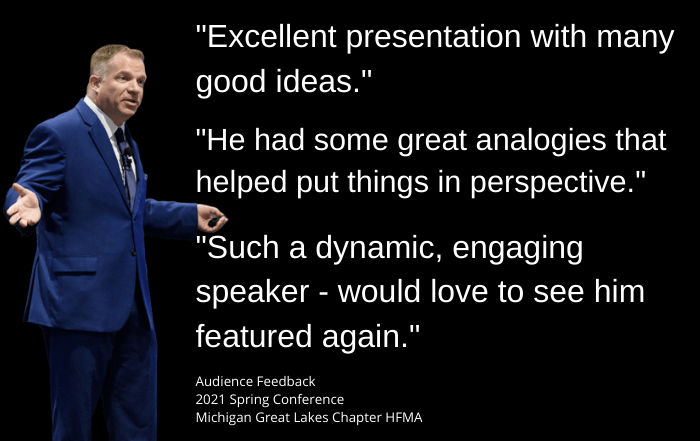 If you find yourself dealing with ongoing challenges, then you may have fallen into some common problem solving traps. You may allow issues to dominate more your team’s time than is necessary or find excuses to delay solutions.
If you find yourself dealing with ongoing challenges, then you may have fallen into some common problem solving traps. You may allow issues to dominate more your team’s time than is necessary or find excuses to delay solutions.
Understand not all problem are the same. Some are like a shot glass, while others are more like super gulps. Your challenge is to understand the correct response.
Do you approach every challenge the same way? This can result in either the big problems being ignored or the little ones being allowed to thrive, like weeds.
Ignoring the size and scope of your challenges can cost you time and money, as well as create an unwelcome distraction. To move you toward a satisfying solution, consider these potential traps:
You Don’t Understand the Impact
A copier jammed by a piece of paper could be considered a small problem. If it happens constantly, then it has a much larger impact on your employees. A temporary solution, like clearing the jam, may not solve the problem.
Living with this challenge has an ongoing effect until someone either repairs or replaces the machine. What can happen is that people can become accustomed to these little problems and start to believe they’re acceptable.
In our copier example, people may start to avoid making much needed copies.
To prevent this unproductive acceptance, imagine that an outsider comes into your organization. Are there things like a copier that rarely copies that would embarrass you? In this scenario, you wouldn’t hesitate to address the problem.
Little problems can slowly sabotage your business by affecting productivity. Don’t allow a solvable situation to continue unaddressed.
Don’t Let Size Intimidate
One of the most common problem solving traps sees you put big problems on a pedestal and come up with excuses, as to why you can’t solve them. The size intimidates and you may feel like everything else has to be perfect before you can take care of it.
Your doctor is probably familiar with this situation. While there may be nothing more important than your health, going to the doctor when you know something is wrong can be a challenge. It’s easy to come up with lots of excuses why you don’t immediately seek help for your concern.
To change this perspective, add some urgency to the problem. Ask yourself, “How much worse off will I be if I do nothing about this problem today? Am I willing to continue to pay that price and what might I lose if I continue to choose inaction?”
Let your answers help you prioritize the challenges you need to address as soon as possible.
The Wrong Sized Response
Too many of us don’t use the right tool when it comes to solving a problem. Think of it like trying to use a tablespoon to empty a full bathtub. You can make progress but it will take a tremendous amount of time and energy to get the job done.
Sometimes the tool is about people power. Most are familiar with having too few people addressing a need. But too many can also create challenges.
Have you ever had an urgent problem you thought needed an all hands on deck response? While it may be exciting to see everyone focused on a single task, you have to realize that most of them doing things outside of their normal duties.
You went for a short term fix, by getting more help. The downside is that your decision could have long term implications in that less overall work gets done. And some may become frustrated, wanting to help but realizing their skill set leaves them little to do, other than stand around.
Why not bring in outside help, like temporary workers or more skilled professionals to take on the challenge, instead of having your entire staff drop everything? While there may an initial cost, you won’t see the ripple effect of a productivity loss from your team, as well as potential retention issue.






